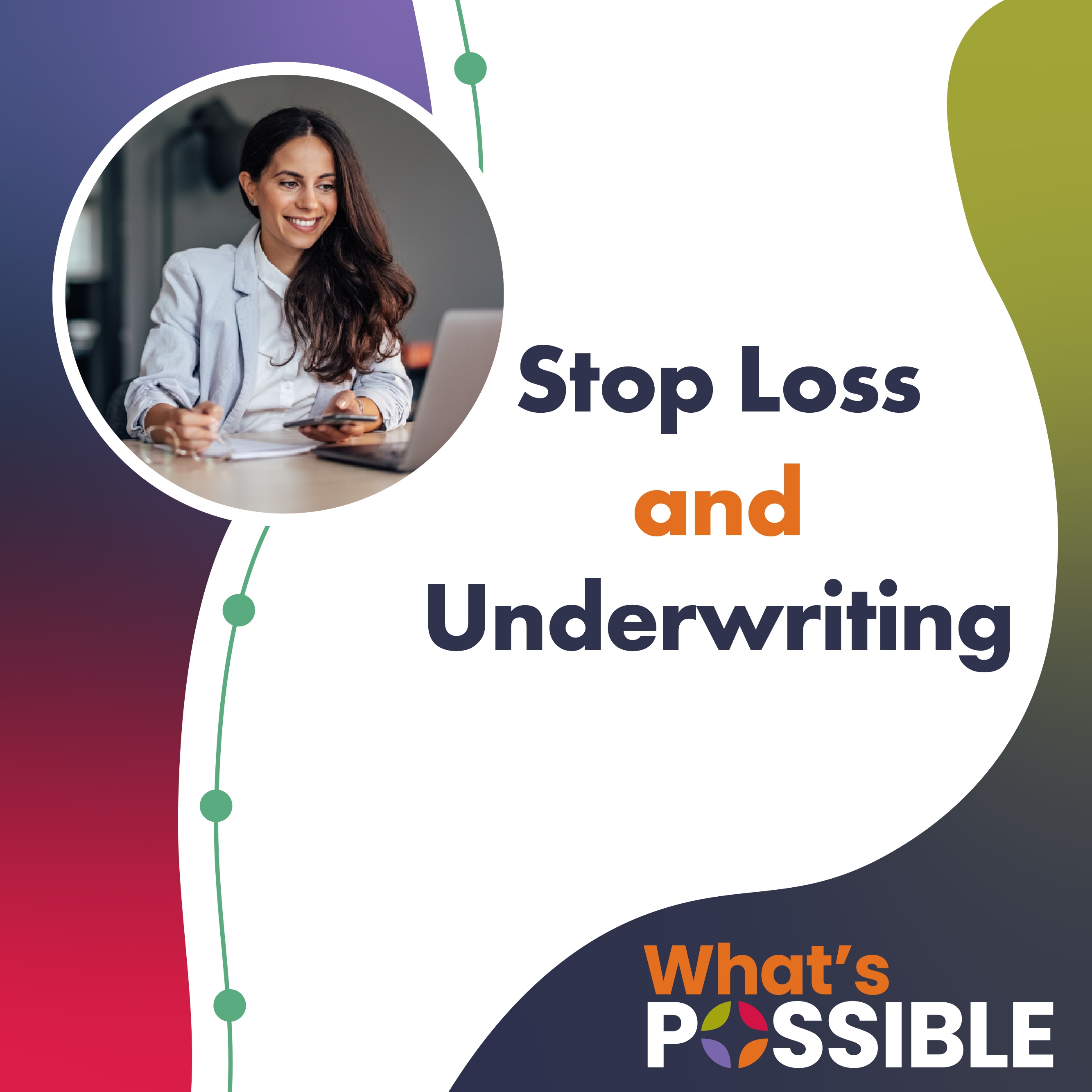April 3, 2024
Stop Loss Insurance: A Smart Solution for Self-Funding Success
Manage risk and save money with stop loss insurance
 In the world of health care finance, self-insured health plans have emerged as a strategic option for many businesses seeking more control over their employee benefit costs. Unlike a traditional fully insured health plan where you pay fixed premiums to an insurance company, in a self-insured or self-funded arrangement, employers directly assume the cost of their employees’ health care needs. It’s a move that promises flexibility and potential cost savings, but it’s not without its risks. That’s where stop-loss insurance steps in, like a trusty safety net, making sure you don’t get caught in a financial freefall. Let’s dive into why stop-loss insurance is the unsung hero of self-insured health plans.
In the world of health care finance, self-insured health plans have emerged as a strategic option for many businesses seeking more control over their employee benefit costs. Unlike a traditional fully insured health plan where you pay fixed premiums to an insurance company, in a self-insured or self-funded arrangement, employers directly assume the cost of their employees’ health care needs. It’s a move that promises flexibility and potential cost savings, but it’s not without its risks. That’s where stop-loss insurance steps in, like a trusty safety net, making sure you don’t get caught in a financial freefall. Let’s dive into why stop-loss insurance is the unsung hero of self-insured health plans.
More About Self-Insured Plans
Self-insured health plans, or self-funded plans, are all about employers taking charge of their health care expenses. Instead of letting an insurance carrier call the shots, you pick up the tab for your employees’ medical bills. It’s a setup that lets you tailor plans to your liking, keep an eye on costs, and make smarter decisions based on claims data.
Why We Need Stop-Loss Insurance
Sure, self-insured plans are great, but they come with a catch: the risk of getting blindsided by sky-high medical bills for catastrophic illnesses or accidents. That’s where stop-loss insurance swoops in to save the day, putting a cap on how much you have to shell out for those big-ticket health care emergencies.
How Stop-Loss Insurance Gets the Job Done
Stop-loss insurance comes in two forms: specific and aggregate.
- Specific Stop-Loss Coverage: This type of coverage protects you against large individual claims. Once an employee’s medical expenses exceed a predetermined threshold (the specific deductible), the stop-loss insurer reimburses you for the excess amount, up to the policy’s limit.
- Aggregate Stop-Loss Coverage: Aggregate coverage kicks in when the total claims incurred by the entire employee population surpass a certain threshold (the aggregate deductible) within a specified policy period. In such cases, the stop-loss insurer reimburses the employer for the portion of claims that exceed the aggregate deductible.
Why Stop-Loss Insurance is the MVP
- Financial Safeguard: Stop-loss insurance shields self-insured employers from bearing the full brunt of catastrophic medical expenses.
- Budget Friendliness & Risk Management: By capping liability for excessive claims, stop-loss insurance helps you budget more effectively and mitigate financial volatility. You can embrace self-insurance without losing sleep over worst-case scenarios.
- Plan Flexibility: With stop-loss insurance in play, employers can get creative with their self-insured health plans, striking the perfect balance between cost control and comprehensive coverage.
Wrapping It Up
Stop-loss insurance might be the unsung hero of self-insured health plans. By providing a safety net for catastrophic medical expenses, it lets you enjoy the perks of self-insurance with confidence. As businesses navigate the maze of health care expenses, understanding the power of stop-loss insurance is key for anyone considering or already sponsoring a self-insured plan. Want to learn more? Let us show you what’s possible.
